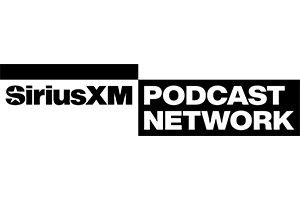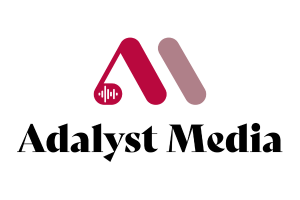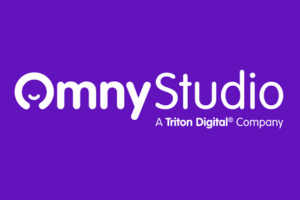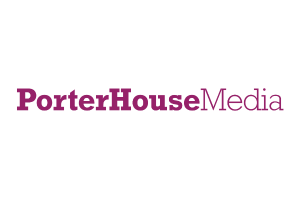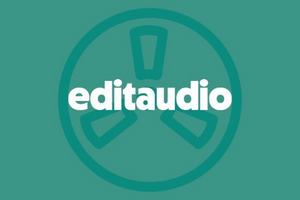Today in the Business of Podcasting
FTC recommends brands avoid “blurred advertising” when marketing to kids by Ryan Barwick
Last week the Federal Trade Commission published new recommendations for advertisers intending to further distinguish the difference between entertainment and advertisement. The more organic and content-like an advertisement is, the more the FTC is concerned children won’t be able to understand they’re watching a paid advertisement. Kid’s entertainment and educational content should be clearly defined from ads using visual and verbal cues to signal kids are about to watch an ad. On the publishing side, the FTC recommends bringing back some iteration of “we’ll be right back after these commercial messages” before ad breaks. For ads, they recommend stakeholders develop a widely-used on-screen icon that tells kids money or free product was provided to content creators to advertise a product. These new recommendations tie into the FTC’s endorsement guidelines that were updated earlier this summer, furthering the goal of clearly separating advertisement from content and defining endorsement. [Source]
Apple’s expanding ad ambitions: A closer look at its journey toward a comprehensive ad tech stack by Ronan Shields and Seb Joseph
As revealed last year, Apple is working on building their own demand-side platform, a programmatic bidding tool. Once complete, it’ll enable advertisers to buy ads on Apple properties at meaningful scale. Now, according to two anonymous executives familiar with the situation, Apple is also considering building their own ad exchange, if not a full supply-side platform. If Apple were to build out their advertising capabilities to that extent, it’s possible we could see a future where Apple has the ability to run paid advertising inside the Apple Podcasts app. [Source]
Holding Apple Accountable: The Future of the Internet Economy Depends On It by Dustee Jenkins
It’s no secret there are limitations to what an app can do inside of Apple’s ecosystem. Spotify has decided to be vocal about those limitations in a passionate blog posts from Chief of Public Affairs Officer Dustee Jenkins, as well as an advocacy site called Time to Play Fair. The main example given is a breakdown of how audiobook sales on Spotify’s app would have looked like, as well as a list of various features that had to be scrapped due to App Store limitations, such as selling an audiobook directly without using Apple’s in-app purchase system or any text explaining how to make an audiobook purchase outside of the app. Both the blog post and the Time to Play Fair website call for politicians to create regulations for digital marketplaces as large as the App Store, including the Digital Markets Act in the European Commission and a potential Open Markets Act in the U.S. [Source]
Emily Ratajkowski Show Gets Cut, Along With Sony Podcast Jobs by Ashley Carman
According to sources familiar with the situation, Sony Group has laid off a “significant percentage” of its podcast division and canceled High Low with EmRata. A representative for Ratajkowski says they intend to find a new home for the podcast. According to the anonymous sources, the thrice-a-week podcast had a solid international audience but struggled to sell ads because brands primarily targeted U.S. consumers. As podcasting becomes more of a global force to be reckoned with, it’s vital to remember there’s advertising opportunities outside the United States. [Source]
Google Antitrust Trial: Ad Targets Tweaked to Meet Revenue Targets, Exec Says By Leah Nylen
The discovery phase of Google’s antitrust lawsuit is already turning up information confirming what some may have suspected for years. According to Vice President of Google’s advertising products Jerry Dischler, Google has tweaked its advertising auctions to ensure it reaches revenue targets. Sometimes ad prices have been increased by as much as 5%. Dischler says Google tends not to tell advertisers about the price changes. [Source]













































